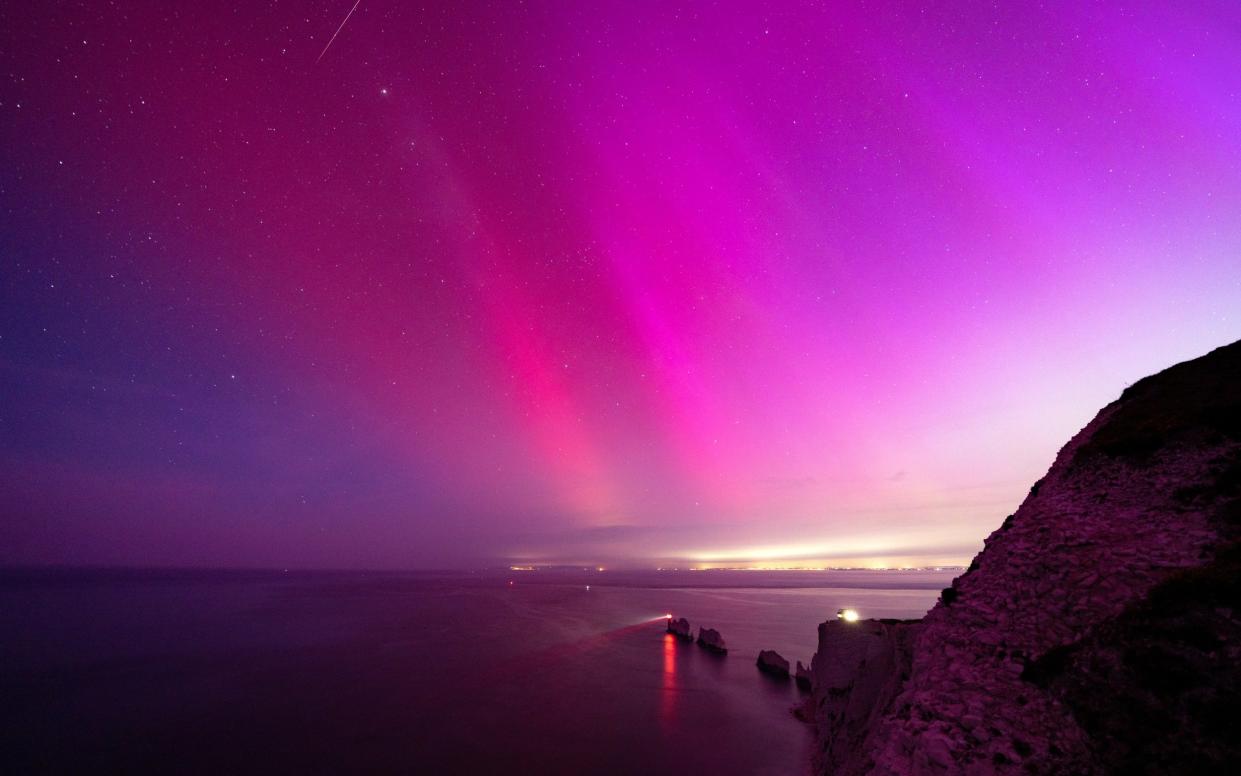Starlink service ‘degraded’ during Earth’s largest geomagnetic storm in two decades

Starlink, the satellite arm of Elon Musk’s SpaceX, warned on Saturday of a “degraded service” as the Earth is battered by the biggest geomagnetic storm due to solar activity in two decades.
Starlink owns around 60 per cent of the roughly 7,500 satellites orbiting Earth and is a dominant player in satellite internet.
The thousands of Starlink satellites in low-Earth orbit use inter-satellite laser links to pass data between one another in space at the speed of light, allowing the network to offer internet coverage around the world.
A statement on its website read: “Starlink is currently experiencing degraded service. Our team is investigating.”
Musk said earlier in a post on X that Starlink satellites were bearing up.
“Major geomagnetic solar storm happening right now. Biggest in a long time. Starlink satellites are under a lot of pressure, but holding up so far,” he wrote.
Global disruption
The US National Oceanic and Atmospheric Administration has said the storm is the biggest since October 2003 and likely to persist over the weekend, posing risks to navigation systems, power grids, and satellite navigation, among other services.
It produced stunning displays of colour in the skies across Britain and the Northern Hemisphere early Saturday.
“For most people here on planet Earth, they won’t have to do anything,” said Rob Steenburgh, a scientist with NOAA’s Space Weather Prediction Center.
The storm could produce northern lights as far south in the US as Alabama and Northern California, NOAA said. But it was hard to predict and experts stressed it would not be the dramatic curtains of color normally associated with the northern lights, but more like splashes of greenish hues.
“That’s really the gift from space weather: the aurora,” Mr Steenburgh said. He and his colleagues said the best aurora views may come from phone cameras, which are better at capturing light than the naked eye.
Snap a picture of the sky and “there might be actually a nice little treat there for you,” said Mike Bettwy, operations chief for the prediction center.
The most intense solar storm in recorded history, in 1859, prompted auroras in central America and possibly even Hawaii. “We are not anticipating that” but it could come close, NOAA space weather forecaster Shawn Dahl said.
This storm poses a risk for high-voltage transmission lines for power grids, not the electrical lines ordinarily found in people’s homes, Dahl told reporters. Satellites also could be affected, which in turn could disrupt navigation and communication services here on Earth.
An extreme geomagnetic storm in 2003, for example, took out power in Sweden and damaged power transformers in South Africa.
